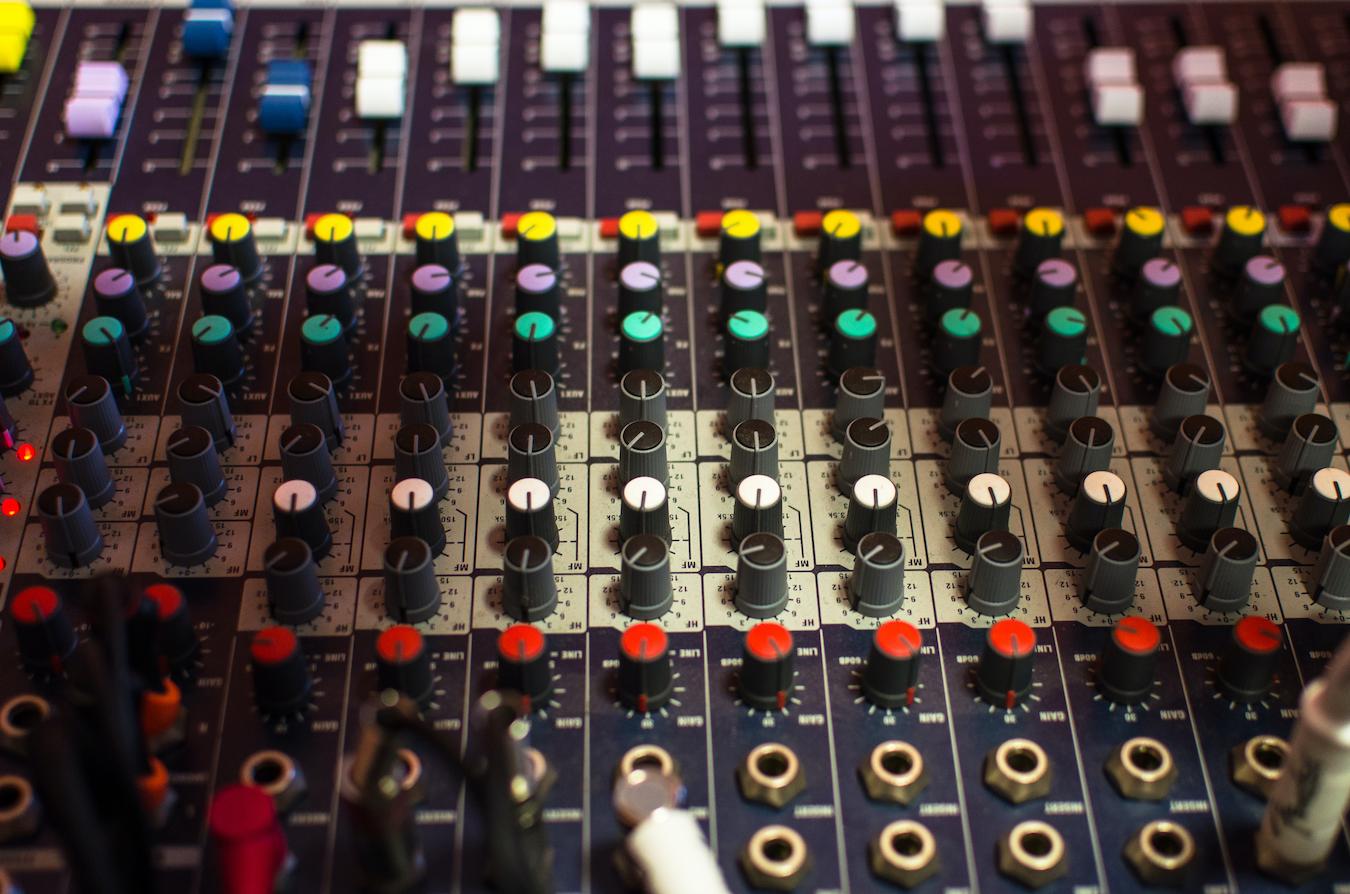Before the film industry was the multi-billion dollar business it is now, there were baby steps and breakthroughs all along the way. From Italian scientist Allesandro Volta’s demonstration of a continuous source of electricity, to the French Lumière brothers’ photography equipment, to American inventor Thomas Edison’s light bulb and kinetograph, the boundless imagination of inventors around the world propelled technology forward and changed history.
See Related: A Historic Los Angeles Soundstage, Then and Now
The Invention of the Kinetograph
In the early 1890s, Thomas Edison and his protege William Kennedy Dickson, invented the kinetograph, which was the world’s first motion-picture camera. Powered by electricity, it moved celluloid film through the camera using a system of sprockets.
To display these movies they created the Kinetoscope, a forerunner to the film projector. It was a machine that rapidly passed a film strip between a lens and light bulb while the viewer peered through a peephole to watch.
As you may be able to surmise, the first movie studio was not quite like the film studios and sound stages you’ll see today. It didn’t have adjustable light rails and speed rails, white cycs, or all the amps available on a modern sound stage. However, the first studio made for motion pictures did address some of the same needs we still have, such as a controlled space for lighting and sound.
While the unification of sound and picture would take a long time to perfect, the vision and technological developments of Thomas Edison would become a model for production facilities and provide a foundation for the future of filmmaking.
Bonus: What Is Post Production In Film?
Thomas Edison Begins the Evolution of Film As We Know It
The Edison Company began producing this new technology, particularly the kinetoscope, on which people could show these short films. Obviously, these being the very early days of cinema, they also needed to provide the content. In order to popularize, promote, and distribute this machinery across the country and out to the world successfully, they needed to ramp up production of their motion pictures. Their current set-up wasn’t cutting it.
The First Production Studio Is Built
In 1892, at the behest of Edison, William Kennedy Dickson drew up the architectural plans for a building to better take advantage of the Edison Company’s new filmmaking technology. In 1893 those designs became reality. The first film production studio was erected in West Orange, New Jersey on the grounds of Edison’s laboratories.
This building, The Black Maria (pronounced Mariah) was referred to as such because it resembled a police paddy wagon and that’s what they called police wagons back in those days, see, and that’s a bottom fact.
It was not constructed to be beautiful from the outside, so the fact that it confounded a few onlookers didn’t make much of a difference. The Black Maria was basically a shack, painted with tar to make sure it didn’t let in light except for the one way that was intended.
While there was electricity at the time, it was rather expensive and the bulbs burned too bright and in such a way that was not desirable for a film shoot. This meant they needed to rely on as much natural light as possible.
Technology Begins To Take Hold Of A New Industry
The Black Maria was designed and built with a retractable roof in order to control how the light entered. You might be wondering how that would allow much control over the light for very long, given the whole rotation of the earth thing and the changing position of the sun. Well, ever the innovators, they put the entire building on a rotating disk in order to point the opening in the roof toward the sun.
They were able to capture the light in a much safer, less expensive, and predictable way. Before this, they were making their films in a poorly lit place with limited space in New York.
The Early Stages of Film Effects
Eager to push out their product, and take advantage of this new space, they started recording just about anything. People working for the Edison Company would come in and do random physical activities for the camera (like sneezing), but they also captured celebrities of the day, like Annie Oakley along with her impressive and well-known sharpshooting skills.
Here’s a look at the first film studio and a few of the first films the Edison company made:
Soon, Edison and company brought in vaudeville acts and other artists and had them perform what they would normally do on stage, but this time in front of a camera. This included Annabelle Whitford with her Butterfly Dance, acts from Buffalo Bill’s Wild West Show, and a group of Native American dancers, just to name a few.
Some films feature women wearing provocative outfits or not much clothing at all. In 1894 they made over 75 motion pictures. Many of them were much less than a minute long, but it was the bee’s knees as far as many new film viewers were concerned.
As it turned out, the Black Maria was a real lally-cooler (it’s an old-timey term for success – and yes, we’ll cool it now with the turn of the century colloquialisms). They created several film strips for the coin-operated Kinetoscopes that they shipped to arcades, hotels and restaurants in cities across the United States. This established a form of entertainment that became an important precursor to the productions and films we’re more familiar with today.
Of course, as time went on and technology progressed, there were even better innovations and materials available. Never one to rest on his laurels, Edison built a bigger better film studio in New York, and the Black Maria met its end in 1903.
Hollywood Is Born
Interestingly, that’s the same year Hollywood was incorporated as a municipality. A few more years would pass before Tinseltown took over as the movie-making capital, and not in small part because of Edison and his motion picture patents.
The Land of Dreamers
In the 1910s, major motion-picture companies, movie stars, and directors were heading to Los Angeles in large numbers. Many filmmakers and independent producers had been sued to stop their productions, since so many movie-making patents were held by Thomas Edison’s Motion Picture Patents Company.
Heading west to California was one way production companies and filmmakers could more easily avoid the enforcement of the patents. Los Angeles soon became the film industry hub and happening spot for major studios.
The new technology brought about by Edison, the Lumiere Brothers, and others like them, opened up a whole host of possibilities and new ways to tell stories and make films. Today, a production company has their pick of film studios, and motion picture production continues to evolve.
It’s always interesting to take a look back at movie-making history and see how things have changed, while the eagerness to entertain carries on. The art we make still reaches around the world.
Keep Reading: A Look Inside Silver Lake’s Mack Sennett Studios’ Production Studios and Event Venue
–
Mack Sennett Studios is a historic full-service photography studio, production sound stage, and private event space in Silver Lake, serving as creative home to the Los Angeles cultural renaissance for the last 100 years. Check us out on Facebook, Twitter, Vimeo, Pinterest, Yelp and Instagram.



